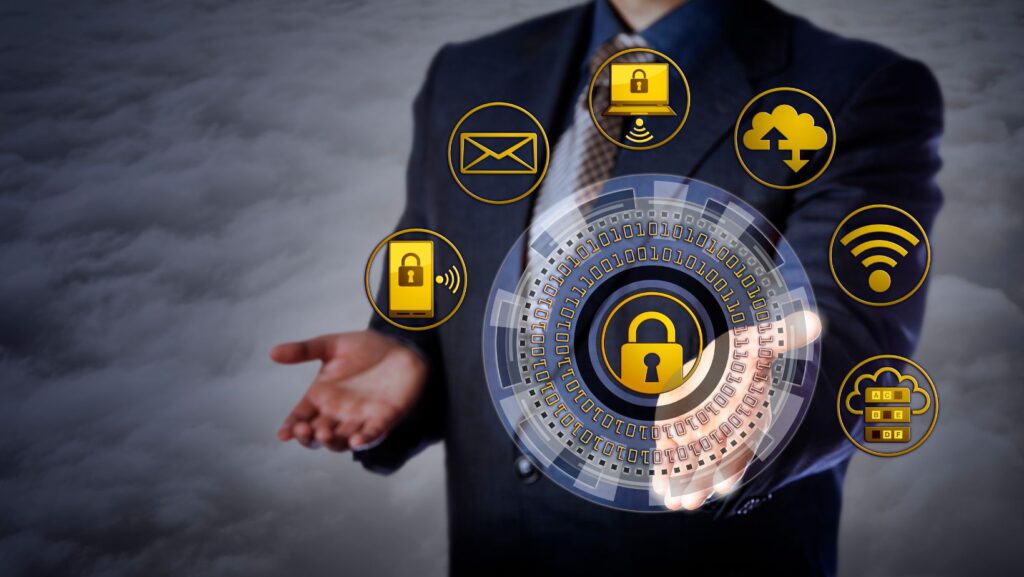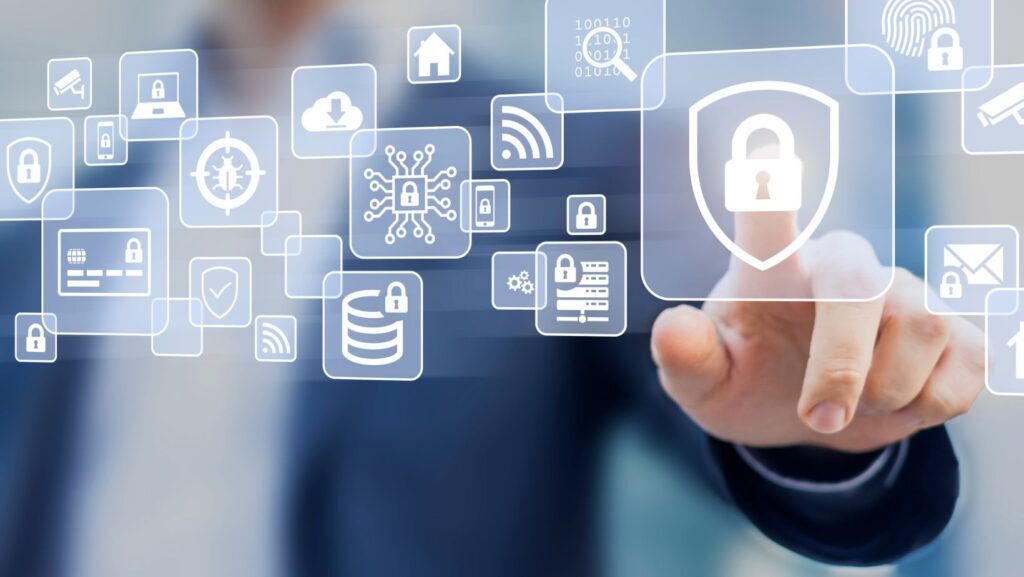In today’s digital age, cybersecurity is no longer an option but a necessity. With increasing incidents of cyberattacks and data breaches, organizations and individuals must prioritize cybersecurity preparedness. Being proactive in protecting sensitive information and critical systems can prevent potentially devastating consequences. Cybersecurity preparedness involves not only having robust security measures in place but also being ready to respond swiftly and effectively in case of an attack. This comprehensive approach ensures that businesses can continue their operations with minimal disruption and maintain the trust of their customers.
Enhancing Cybersecurity and Efficiency
Hiring managed IT services can significantly enhance cybersecurity and operational efficiency for businesses. These services provide access to a team of IT experts who monitor, manage, and secure your IT infrastructure round-the-clock. Managed IT services offer proactive maintenance, ensuring systems are up-to-date with the latest security patches and software updates. You can find more information here about how they also provide robust data backup and recovery solutions, reducing downtime in case of cyber incidents. By outsourcing IT management, businesses can focus on core operations while benefiting from advanced security measures and expert support. Additionally, managed IT services can help in identifying and mitigating potential threats early, ensuring a resilient and secure IT environment.
Regularly Update and Patch Software
One of the simplest yet most effective practices for cybersecurity preparedness is keeping software up to date. Regular updates and patches address vulnerabilities that hackers could exploit. This includes operating systems, applications, and firmware. Outdated software is an easy target for cybercriminals, making it essential to install updates as soon as they are available. Implementing an automated update system can help ensure that no software is left outdated, thereby reducing the risk of exploitation.
Implement Strong Password Policies
Strong password policies are a fundamental aspect of cybersecurity. Ensuring that all employees and users create complex, unique passwords for their accounts can significantly reduce the risk of unauthorized access. Passwords should be a mix of letters, numbers, and special characters, and should be changed regularly. Additionally, using multi-factor authentication (MFA) adds an extra layer of security, requiring users to verify their identity through multiple methods before gaining access to systems or data. This makes it more challenging for hackers to gain entry even if they obtain a password.
Conduct Regular Security Training
Human error remains one of the biggest vulnerabilities in cybersecurity. Regular security training for employees can mitigate this risk by educating them on recognizing phishing attempts, practicing safe internet habits, and following security protocols.

Training should cover the latest cybersecurity threats and provide practical tips for avoiding them. Simulated phishing exercises can also be effective in reinforcing training, and helping employees stay vigilant and cautious when handling emails and other forms of communication.
Develop a Comprehensive Incident Response Plan
Having a well-defined incident response plan is crucial for effective cybersecurity preparedness. This plan should outline the steps to be taken in the event of a cyberattack or data breach, including identifying the attack, containing the damage, eradicating the threat, and recovering affected systems and data. Assigning specific roles and responsibilities ensures a coordinated and efficient response. Regular drills and simulations can help refine the plan, ensuring that all team members are familiar with their roles and can act swiftly under pressure.
Backup Data Regularly and Securely
Regular data backups are a critical component of cybersecurity preparedness. In the event of a ransomware attack or data breach, having recent backups can enable swift recovery of important information without paying ransoms or experiencing significant downtime. Backups should be performed regularly and stored in a secure, offsite location. It’s also essential to test backup systems periodically to ensure data can be restored effectively. Using encryption for backup data adds a layer of security, protecting it from unauthorized access.
Monitor and Analyze Network Traffic
Continuous monitoring and analysis of network traffic can help detect unusual activity that may indicate a cyberattack. Implementing advanced security tools such as free intrusion detection solution, intrusion detection systems (IDS), and intrusion prevention systems (IPS) can alert you to potential threats in real-time.

Network monitoring helps identify patterns and anomalies, allowing for quick action to mitigate risks. Regularly reviewing logs and reports generated by these systems can provide valuable insights into the security posture of your network and help identify areas for improvement.
Foster a Culture of Security Awareness
Creating a culture of security awareness within your organization is vital for cybersecurity preparedness. This involves making cybersecurity a shared responsibility among all employees, from top executives to entry-level staff. Encouraging open communication about security concerns and rewarding proactive behavior can help build this culture. Regularly updating employees on the latest threats and best practices ensures that everyone remains informed and vigilant. A security-aware culture not only strengthens your defenses but also fosters an environment where security is prioritized and continuously improved.
Cybersecurity preparedness is an ongoing process that requires vigilance, regular updates, and a proactive approach. By implementing these seven essential practices—updating software, enforcing strong password policies, conducting regular training, developing an incident response plan, performing security audits, backing up data, monitoring network traffic, and fostering a culture of security awareness—organizations can significantly reduce their risk of cyberattacks and be better prepared to respond effectively. In an ever-evolving digital landscape, staying ahead of cyber threats is crucial for maintaining the integrity, confidentiality, and availability of your critical information and systems.



